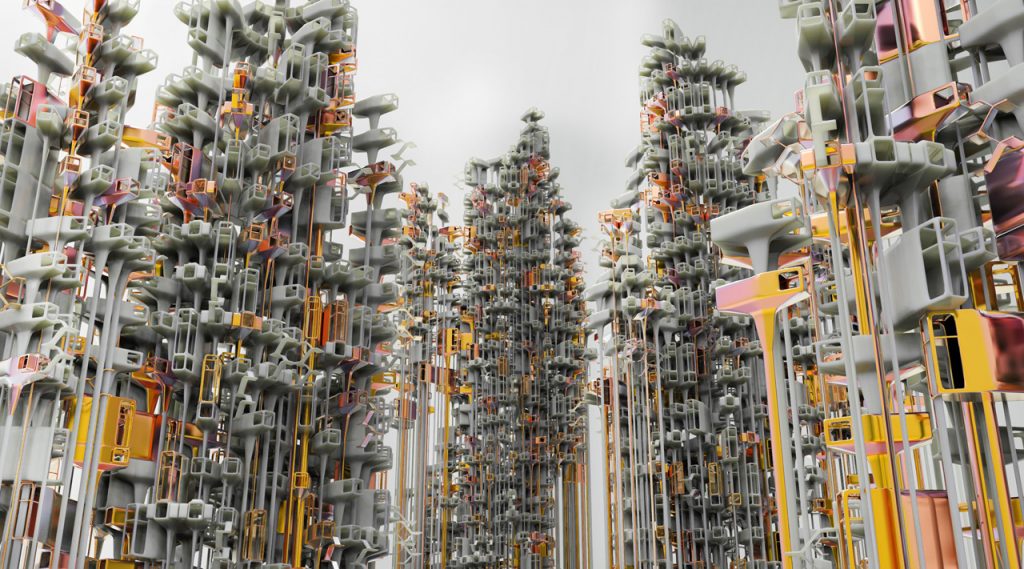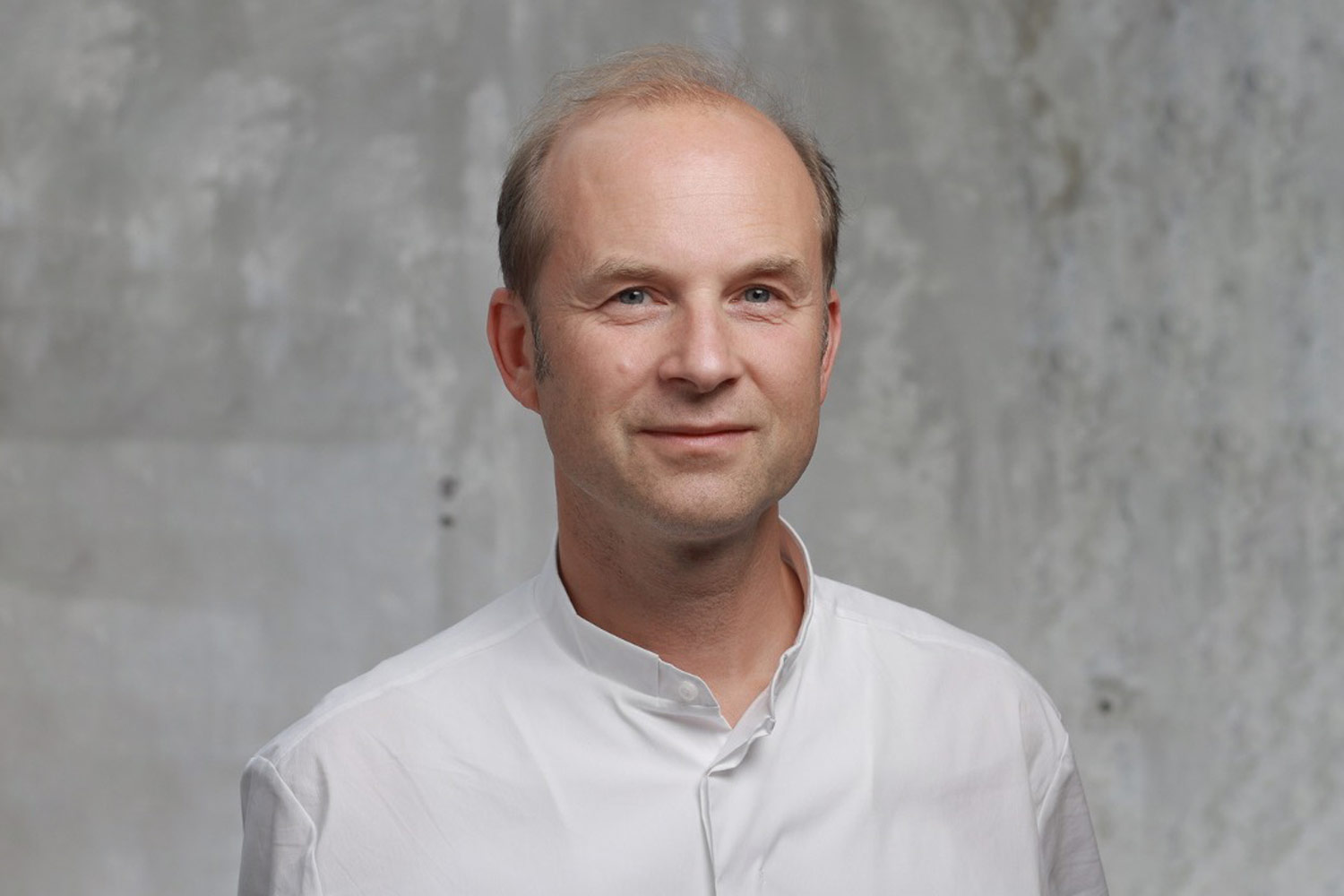The journey of a design begins by the stir on our minds via flaming imaginations, streaming creative concepts, structural theories and philosophies beyond, but visualizing these delightful creations on an immersive 3-dimensional environment entails specific skillsets. Modelling tools and softwares nowadays are highly intuitive, rigorously outperforming the human mind at times. The 21st century has embarked on a global transition through the age of computation and parametric design by breaking boundaries. DesignMorphine has assembled an array of exclusive webinars on the topics – Procedural Assemblies, Spatial Synthesis, Biomorphic Networks & Hyper Skins. These insightful classes catapult into a fine-tuned level to understand how these configurations and synapses integrate and evolve the designs you fashion.
Hyper Skins V1.0
Inspired by DesignMorphine’s Master Degree (Chapter 1 – Prosthesis), Hyper Skins V1.0 will focus on polygonal modeling techniques on the human body to develop new and interesting body typologies. In this course we will start with an introduction into Maya low poly modeling looking into the importance of topology and advantages of procedural modelling. We will then inspect how procedural modeling greatly increases output in iterative design in a controlled manner through easily reproducible stages of transformation.
The focus is to gain a basic understanding of the logic behind working with meshes in Maya with the focus of progressively adding detail and exploring workflows with parent meshes and patterning as a means to introduce complexity into the sculpting process. A further exploration into the control of both low poly and high poly meshes with the use of deformers and other basic Maya toolkits that follow non destructive and reversible workflows will be developed. We will be experimenting with a workflow that contributes to the easy creation of a multitude of options that belong to the same family of objects that sequentially diverge and differentiate into different modelling outcomes during the design process.
[maxbutton id=”16″ url=”https://designmorphine.com/education/hyper-skins-v10″]
Spatial Synthesis V1.0
Inspired by DesignMorphine’s Master Degree (Chapter 2 – Corpuscle), Spatial Synthesis V1.0 will focus on polygonal space morphing by way of low poly meshes and non destructive morphing techniques utilizing Maya and Grasshopper to generate living cell typologies. The combination of Maya low poly polygonal modeling along with parametric Grasshopper programming makes the perfect workflow for iterating through various versions of spatial situations and combinations. Geometry iterating will be performed by various morphing, blending, and deforming workflows as well as user interactions.
The proposed procedural and algorithmic approach will allow students to explore different exterior and interior habitable architecture conditions which express controlled freeform fluidity in their transitions. Upon arriving at acceptable clean mesh geometries students will learn to apply details, textures and patterns onto them driven by numerous data field conditions to complete the vision of new living units in a way which blends elegant form, fluent spatial functionality, and bespoke details. These living cells will then be combined with discrete modularity and fabrication in mind to create grouped architectural units.
[maxbutton id=”16″ url=”https://designmorphine.com/education/spatial-synthesis-v10″]
Procedural Assemblies V1.0
Inspired by DesignMorphine’s Master Degree (Chapter 3 – Amalgamation), Procedural Assemblies V1.0 will explore the opportunities provided by aggregation and growth algorithms with Grasshopper plug-ins in an effort to investigate how multiple living cells can create clusters based on bottom up deployment strategies. We will focus on iterative processes which allow the creation of custom workflows to simulate, quantify and visualize the living cells acting together as a system.
The primary tool used in this webinar will be the Wasp plugin for Grasshopper which lets you design generatively via discrete elements that aggregate together based on spatial fields and stochastic sets of part to part connection graph instructions. Students will design multiple low poly aggregation units which will represent the bounds of more detailed units.
The low poly aggregation units will be assigned sets of connection rules and run through Wasps solver to generate multi orientable aggregated unit clusters. Multiple iterations of result clusters will be generated and evaluated by running Wasp with various fluctuating parameters. Detailed living cell units will then be transferred to their corresponding low poly aggregation units in the clusters to result in refined architectural systems.
[maxbutton id=”16″ url=”https://designmorphine.com/education/procedural-assemblies-v10″]
Biomorphic Networks V1.0
Inspired by DesignMorphine’s Master Degree (Chapter 05 – Cosmogony), Biomorphic Networks V1.0 will introduce students to circulation and transport networks, at the city scale with stigmergy systems. Through the Physarum Polycephalum algorithm, students will dive into the the world of agent-based modeling. The webinar will tackle the theory behind stigmergy, introduce voxel logics as well as learn the different components that make up the Physarium Polycephalum algorithm. These algorithms will form self-organizations which produce complex, intelligent structures, without the need for any planning or detailed control.
These swarm systems take a life of their own by learning from and interacting with neighbors based on behavioral rule sets. Additional to the logic behind the algorithm, students will be provided with a crash course on how to employ these systems for design, by uncovering and discussing the different variables and their impact. Students will use a new Grasshopper plugin specifically developed for this webinar to define, manipulate and deploy these unique agent based systems generating new and optimized circulation systems. The end result will be a smart city transportation network based purely on organically optimized agent flocks.
[maxbutton id=”16″ url=”https://designmorphine.com/education/biomorphic-networks-v10″]



























Leave a comment